The world of genetic engineering has taken another leap forward with the introduction of CRISPR experiment kits designed for safely editing fluorescent protein genes in yeast. These kits, now available to researchers and educators, provide an accessible yet powerful tool for exploring the frontiers of synthetic biology. The ability to manipulate yeast genomes with precision opens doors to groundbreaking applications in biotechnology, medicine, and basic scientific research.
CRISPR technology has revolutionized genetic editing since its discovery, offering unprecedented accuracy in targeting specific DNA sequences. The new experiment kits harness this power while prioritizing safety and ease of use. By focusing on yeast—a model organism with well-characterized genetics—these kits allow users to witness the immediate effects of genetic modifications through visible fluorescence changes. This tangible outcome makes complex molecular processes understandable even to students and amateur scientists.
The experimental process begins with designing guide RNAs that target the fluorescent protein genes in yeast. Researchers can choose from various fluorescent markers, each producing distinct colors when expressed. The CRISPR components are then introduced to yeast cells through established transformation techniques. Within days, successful edits become apparent as colonies glow under specific wavelengths of light, providing immediate visual confirmation of the genetic changes.
Safety considerations have been paramount in developing these kits. The edited yeast strains are non-pathogenic and contain multiple biological safeguards to prevent environmental release. The fluorescent proteins themselves pose no health risk, serving merely as visual indicators of genetic activity. Furthermore, the kits include detailed protocols for proper disposal of biological materials, ensuring responsible use at all levels.
Educational institutions have been particularly enthusiastic about adopting these CRISPR kits. They offer students hands-on experience with cutting-edge biotechnology while demonstrating fundamental concepts in genetics and molecular biology. The visual nature of the experiments—seeing yeast colonies change color before one's eyes—creates an engaging learning experience that textbooks simply cannot match. Many universities have incorporated these experiments into their undergraduate laboratory curricula.
Beyond education, these kits have significant research applications. Scientists can use them to develop new yeast strains for industrial purposes, such as biofuel production or pharmaceutical manufacturing. The ability to quickly and reliably edit multiple genes simultaneously accelerates the pace of metabolic engineering projects. Some research teams have already adapted the kits for high-throughput screening of genetic modifications.
The commercial availability of these CRISPR kits marks an important democratization of genetic engineering technology. What was once confined to well-funded laboratories can now be performed with relatively modest equipment. This accessibility is fostering innovation across diverse settings, from university labs to community biotech spaces. The kits include comprehensive troubleshooting guides and technical support, lowering the barrier to entry for new users.
Looking ahead, developers plan to expand the range of available genetic targets and fluorescent markers. Future versions may incorporate more advanced CRISPR systems with improved editing efficiency or reduced off-target effects. There's also growing interest in developing similar kits for other model organisms, potentially creating a whole ecosystem of accessible genetic engineering tools. As the technology evolves, so too will its applications across science and industry.
Ethical discussions surrounding these kits have emphasized responsible use and proper oversight. While the current systems are designed to be safe and contained, the broader implications of making genetic engineering more accessible continue to be debated. Kit manufacturers have taken a proactive approach by including ethical guidelines and encouraging users to consider the societal impacts of their work. This thoughtful approach helps ensure that the technology develops in a manner that benefits society as a whole.
The impact of these CRISPR experiment kits extends beyond their immediate applications. They represent a shift in how we approach science education and public engagement with biotechnology. By making complex genetic concepts tangible and experimentable, they help bridge the gap between cutting-edge research and public understanding. As more people gain firsthand experience with genetic engineering, society becomes better equipped to make informed decisions about emerging biotechnologies.
For researchers, the kits offer more than just convenience—they provide standardized platforms for genetic experiments. This standardization facilitates collaboration and reproducibility across different laboratories. Scientists can share protocols and results with confidence that others can replicate their work using identical systems. Such consistency is invaluable in an era where scientific reproducibility has become a major concern.
The development of these kits also reflects broader trends in biotechnology. The integration of molecular tools with user-friendly interfaces mirrors what occurred in personal computing decades ago. Just as computers became accessible to non-specialists, genetic engineering is now following a similar path. This transition promises to unleash creativity and innovation from a much wider pool of talent than ever before.
As with any new technology, challenges remain. Some users report difficulties with transformation efficiency or achieving strong fluorescence signals. The kits' developers continue to refine the protocols and components based on user feedback. Ongoing support and community forums help users troubleshoot problems and share best practices. This iterative improvement process ensures the kits remain at the forefront of educational biotechnology.
The commercial success of these CRISPR kits has sparked interest from investors and entrepreneurs. Numerous startups are now exploring similar approaches to make various biotechnologies more accessible. This burgeoning market could lead to an explosion of affordable, user-friendly tools for everything from DNA sequencing to protein engineering. The long-term implications for scientific progress and technological innovation could be profound.
Ultimately, these CRISPR experiment kits represent more than just another laboratory tool—they embody a new approach to scientific exploration. By lowering technical barriers while maintaining rigorous standards, they empower a new generation of scientists and citizens to engage with genetics in meaningful ways. As the technology spreads and evolves, its full impact on science and society has yet to be realized.
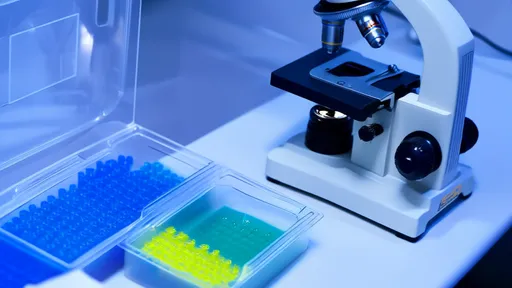
By /Jul 22, 2025

By /Jul 22, 2025

By /Jul 22, 2025

By /Jul 22, 2025

By /Jul 22, 2025

By /Jul 22, 2025
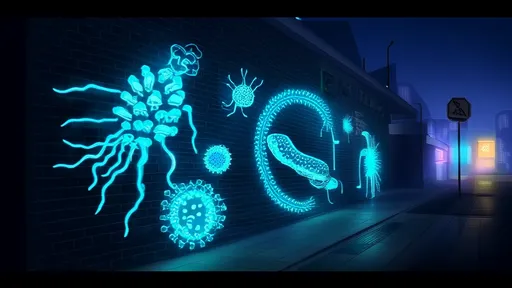
By /Jul 22, 2025
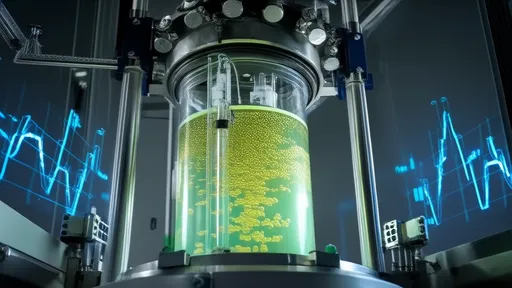
By /Jul 22, 2025

By /Jul 22, 2025

By /Jul 22, 2025

By /Jul 22, 2025

By /Jul 22, 2025

By /Jul 22, 2025
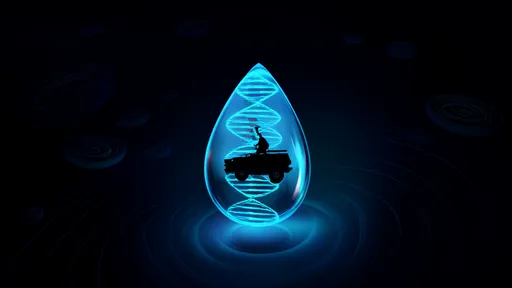
By /Jul 22, 2025

By /Jul 22, 2025

By /Jul 22, 2025
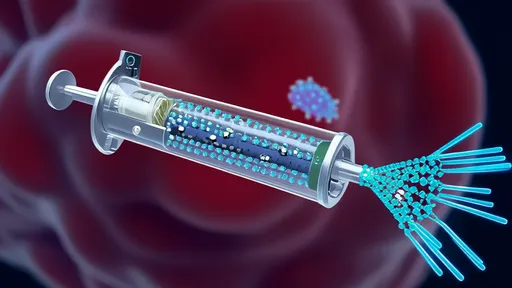
By /Jul 22, 2025

By /Jul 22, 2025